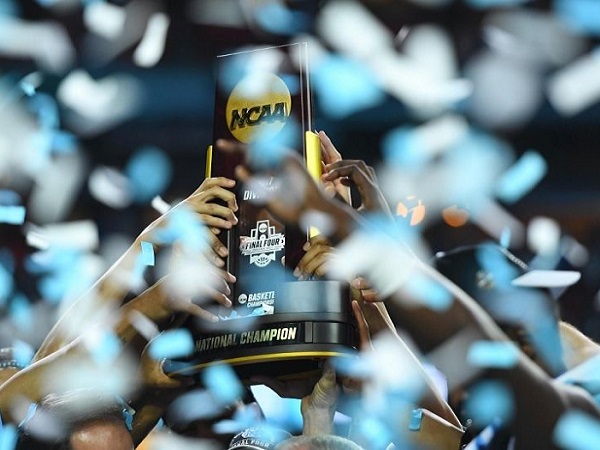As production in Hollywood begins to ramp up with America and California seeing the backside of a down year in 2020, studios have to wonder whether content consumption can continue at its historically high levels with studios still churning out good content? One way studios have begun to combat consumer streaming, or binging, is by delaying the release of content.
Delayed content releases are done through releasing one episode per week, or in batches of three, or some other format. Even prior to the pandemic, Apple, Amazon, and Netflix have all taken multiple approaches. The aforementioned should also seem very similar in comparison to network television from cable and satellite plans.
In addition, scaling of the content business has been the go-to strategy for Hollywood studios and streamers. For example, anytime subscriptions lag stateside, there is a big subscriptions push overseas. In fact, streaming subscriptions have simultaneously grown at larger numbers overseas compared to the United States. International theater-going consumers have also provided a significant boost to studio box office revenues for some time now.
In sports, content consumption continues to grow and there does not seem to be an end. With sports, the biggest push has been towards engagement in and around content on and off the field. Leagues and teams are asking, how can we get the fans more engaged with our content? Triller is an example of combining entertainment, media, and sports talent and content to drive subscriptions and consumption. The National Football League (NFL) and the other major sports are jumping into sports betting at a breakneck pace with the promise of more engagement because fans will be financially invested. The State of Arizona just authorized ten sports betting licenses including its professional sports franchises that will be authorized to have a licensed sportsbook within a five-block radius of their venues, with the added legalized ability of mobile sports betting throughout the state. The National Basketball Association (NBA) has also announced a sports betting specific broadcast.
Content consumption does not end there. The major sports leagues in the United States, along with the major studios and streamers, have been pushing to own and control more content. In Hollywood, this is all about controlling the library of content for distribution to consumers, formerly theater and now streaming consumers as well. Sports leagues like the NFL are similarly attempting to control more content, specifically by starting podcast networks, with the latter teaming up with iHeartMedia.
However, there is an advantage in sports and media over entertainment because media and sports content is best viewed live or in snippets and is easier to produce in a shorter period of time versus months or longer for a television or movie set that is best consumed in its entirety in one seating or several. For example, Major League Baseball (MLB) plays 2,430 games per year (between two teams during the months of April and September, but not including the playoffs). On the other hand, there is only one Matrix 4 or Top Gun: Maverick per year or lifetime. Or ten to fifteen episodes in a television series for one season. Live sports content really creates itself by the talent on the field and the camera recording it without the need of a script–although Hollywood endings are common in sports.
In Hollywood, there may be a limit to entertainment content consumption based on timing and resources. Therefore, studios will look to slow consumption by delaying its release or charging more for premium consume-now content. However, the growth in media and sports may be highlighted by the fact that IMDb.com may soon have competition from OSDB, the “Online Sports Database”, showcasing sports talent and their representatives much like Hollywood actors and their representatives on the former. With star athletes continuing their push into producing content (e.g., podcasts, feature films, and on-air broadcasting), there seems to be few restrictions for producing sports content with nearly unlimited games, streaming, social media platforms, and technology, but Hollywood has access to the same tools. Regardless of the industry, the speed of consumer consumption at this point is really just a matter of how quickly the content can be developed, produced, and distributed.
























